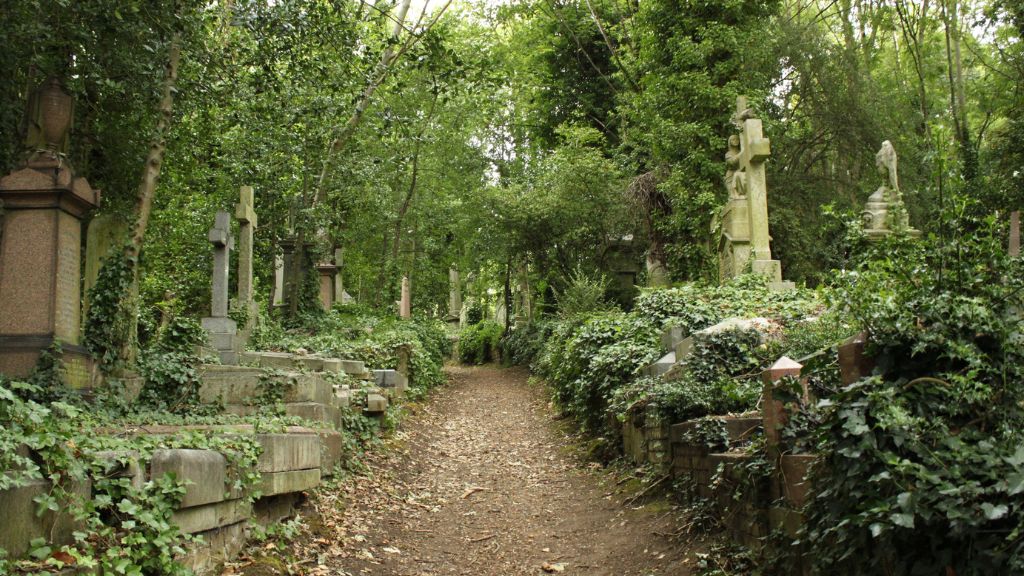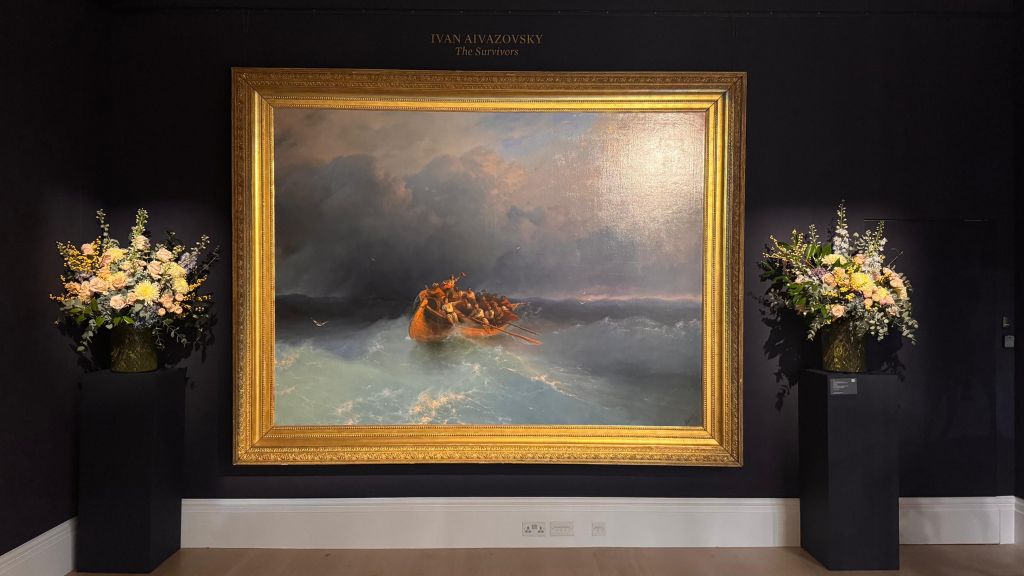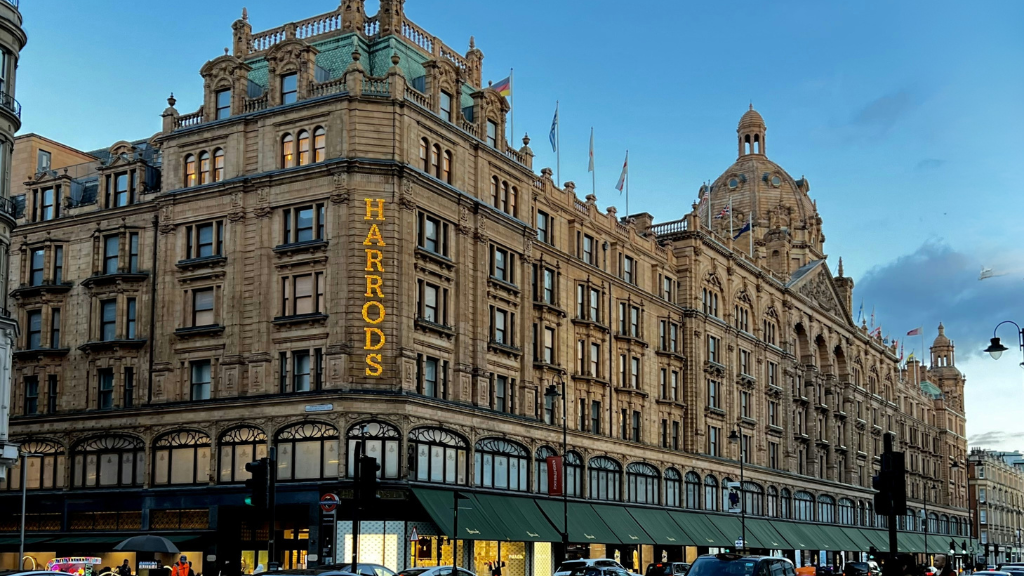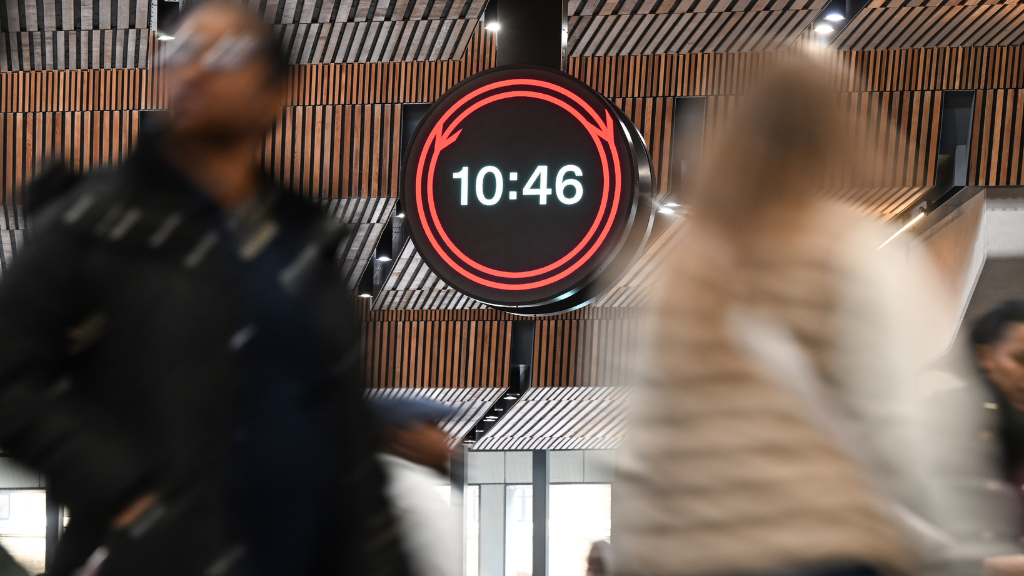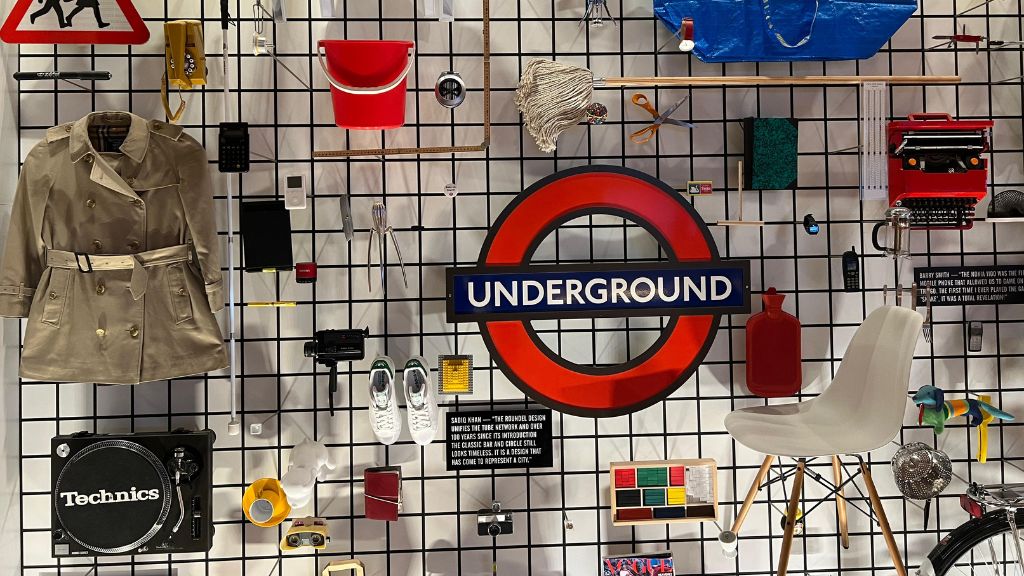
London’s Design Museum plans major transformation for its 40th anniversary
The Design Museum has announced an ambitious project, Transformation 2029, a redevelopment to mark the institution’s 40th anniversary. The plans include a complete overhaul of the permanent collection and a significant expansion of the museum’s galleries.
This article is also available in Russian here
Next year will mark a decade since the museum relocated to its current home in Kensington. In that time, it has established itself as a major cultural player in London, hosting hundreds of exhibitions ranging from Stanley Kubrick: The Exhibition (2019) and Ai Weiwei: Making Sense (2023) to the forthcoming Barbie®: The Exhibition(2024).
The new project is aimed at preparing the museum for its next chapter. The National Lottery Heritage Fund has already pledged £267,000 towards initial development work, and the museum hopes to secure £2m in core funding over the next two years. At the heart of the plan is the creation of a fully flexible gallery system that will allow displays to be transformed quickly, giving curators the ability to respond in real time to developments in design and technology.
By 2029, the museum aims to complete the renovation, boost annual visitor numbers to 800,000 and build an online audience of 10 million.
Read also: National Gallery vs Tate: a new chapter in Britain’s cultural rivalry. Experts’ view
- Photo: Afisha.London
- Photo: Afisha.London
From banana warehouse to temple of design
Over nearly four decades, the Design Museum has evolved from an experiment in a converted banana warehouse on Shad Thames into a landmark cultural space in Kensington, where the optimism of 1960s modernism meets the digital future.
Founded in 1989 in a former 1940s warehouse, the museum was remodelled in the spirit of 1930s European modernism — all clean lines, light and open space. But by the mid-2010s the growing collection had outgrown its home, prompting the search for a new site. The chosen building was the former Commonwealth Institute in Kensington, a 1960s modernist icon with its distinctive hyperbolic paraboloid roof — a tent-like structure rising above the greenery of Holland Park.
Read also: The London Christmas Guide 2025: shows, skating and sparkling nights

The former Design Museum building on Shad Thames, 2010. Photo: Aurelien Guichard from London, United Kingdom, CC BY-SA 2.0, via Wikimedia Commons
The Institute was designed with just two structural columns, leaving vast open galleries. Materials came from across the Commonwealth: tropical hardwoods from Nigeria and Ghana, aluminium from British Guiana, and stained-glass panels depicting people from different nations at its entrance.
After more than a decade of neglect, the building was restored by architect John Pawson, who preserved the spirit of modernism while adapting the interiors for a 21st-century museum. The move tripled the museum’s size and introduced the Swarovski Foundation Centre for Learning, a 202-seat auditorium and a free-to-visit permanent collection.
Read also: 25 years of artistic experimentation: Tate Modern marks a landmark anniversary

The modern building of the Design Museum in Kensington. Photo: The Design Museum
Today the Design Museum retains the optimism of its modernist roots while serving as a hub for contemporary design. The forthcoming transformation promises to push it further, creating more interactive and technologically advanced galleries — and rethinking the very role of a museum in an age of rapid change.
Сover photo: Afisha.London
Читайте также:
Autumn 2025 in London: Ten exhibitions everyone will be talking about
Great British contemporaries: Stephen Fry
ZooTown: a new adventure for children at London Zoo
SUBSCRIBE
Receive our digest once a week with quality Russian events and articles






